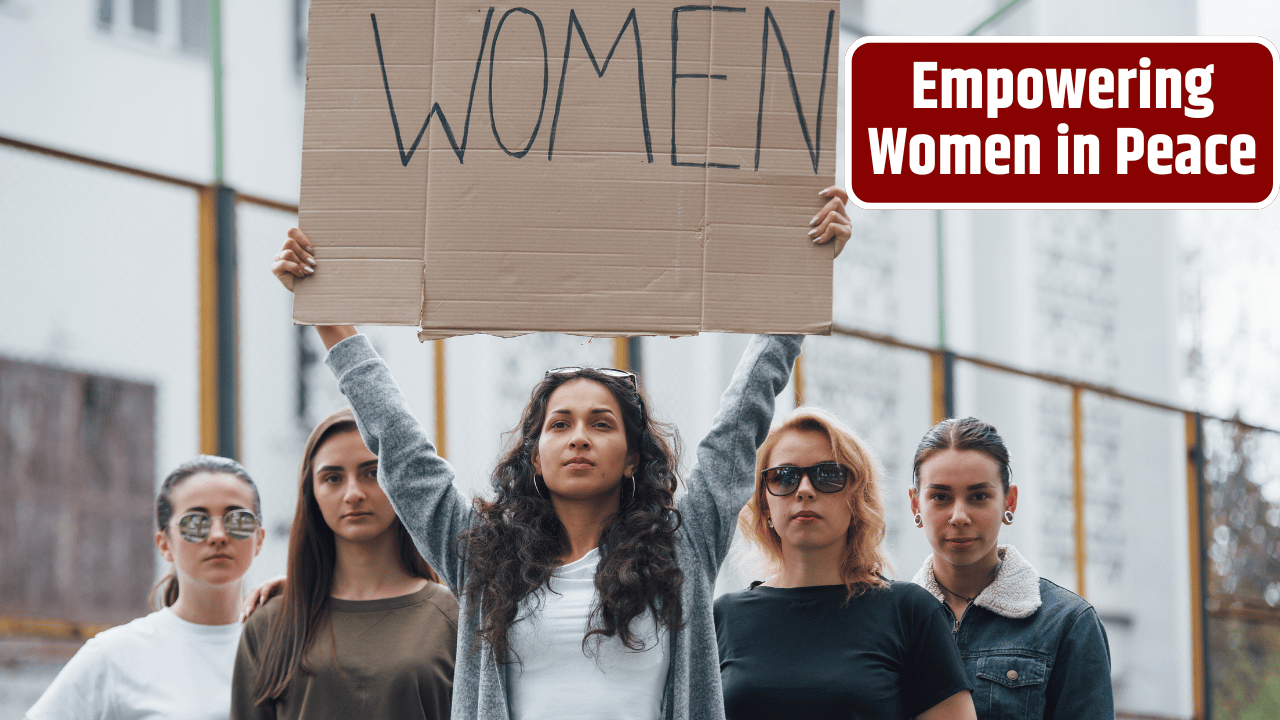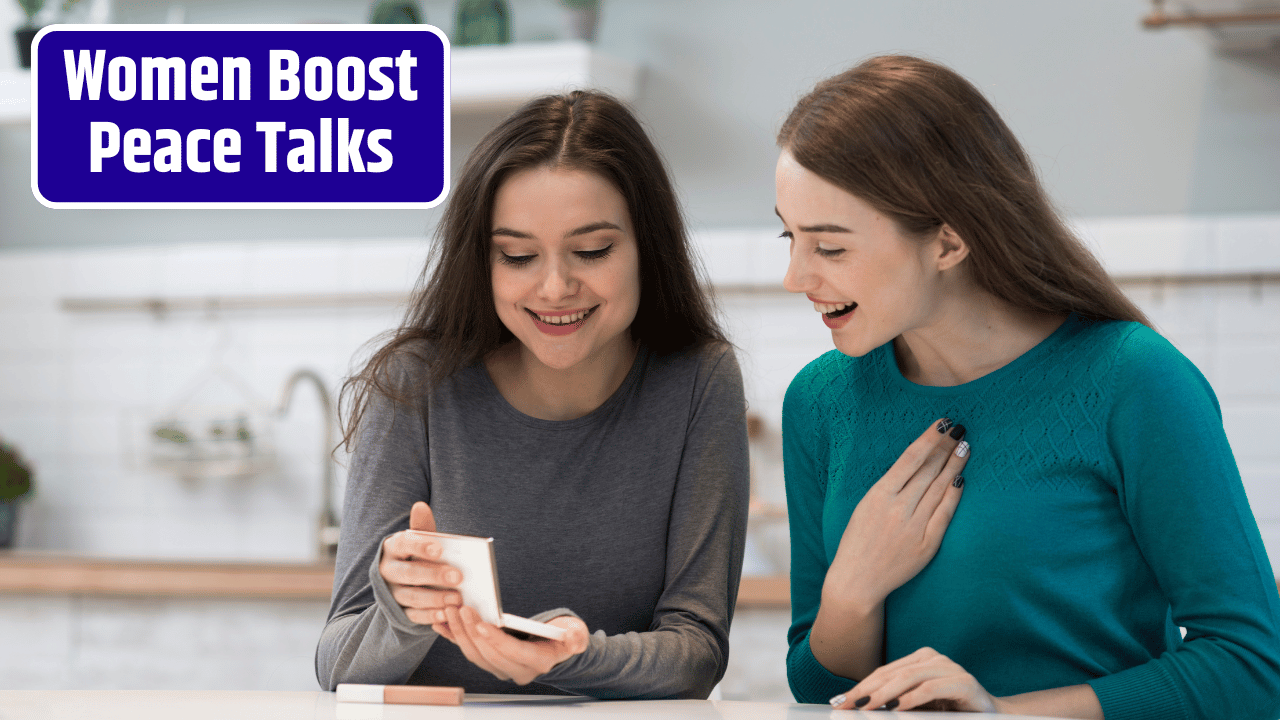Global Partnership Launches Bold Action Plan to Empower Women in Peace Talks
Alright, let’s cut to it: peace talks aren’t working like they should. Too many are brokered behind closed doors by the same power-hungry players, leading to deals that barely last longer than a news cycle. So what’s been missing?
Women.
But that might be changing — and fast.
A newly formed global partnership, backed by an alliance of governments, NGOs, grassroots movements, and UN agencies, just rolled out a bold new action plan to put women at the center of conflict resolution. Not as side notes or ceremonial figureheads — but as full, equal negotiators.
Think: less pageantry, more power.
Table of Contents
What’s the Plan, Really?
This isn’t another vague “empower women” campaign with good vibes and no teeth. The Global Women’s Peace Initiative (GWPI) (yep, that’s the working title) is a coordinated, resourced plan with real-world goals.
Here’s what the blueprint looks like:
1. Mandated Seats at Negotiation Tables
Every peace negotiation — whether UN-led or locally brokered — will now require at least 30% women’s participation, with a clear timeline to hit gender parity by 2030. That’s not a suggestion. It’s policy.
2. Funding for Women-Led Peacebuilding
Over $750 million in new global funding is being directed toward grassroots, women-led organizations in conflict-affected regions. That’s a game-changer for groups that have been surviving on crumbs for years.
3. Security for Women Peacebuilders
This one’s long overdue: protections for women who put themselves at risk just by doing the work. The partnership will fund secure transport, legal support, and digital safety infrastructure for activists and mediators in hostile zones.
4. Training & Mentorship Pipeline
A global Peacebuilder Academy (backed by the African Union, EU, and ASEAN) will train thousands of young women in negotiation, mediation, diplomacy, and trauma-informed leadership.
And yeah, it includes remote learning for those still in conflict zones. Internet connection permitting.
5. Tracking & Accountability
The entire plan is being overseen by an independent Gender & Peace Council made up of former negotiators, civil society leaders, and survivors of conflict. No fluff, just watchdogs with receipts.
Why This Changes the Game
Let’s be real. For decades, women have been fighting for inclusion in peace processes while being brushed off with “we’ll get there eventually.” Meanwhile, the same types of peace deals keep collapsing because they ignore what’s actually happening on the ground.
But when women are involved, the numbers don’t lie:
- 35% increase in the durability of peace agreements
- More inclusive language around reparations, justice, and human rights
- Greater focus on community resilience and long-term recovery
- Less relapse into violence
And we’re not talking about hypothetical models here. Liberia, Colombia, Northern Ireland — all showed real-world evidence that women-centered peacebuilding leads to better, more lasting outcomes.
This global partnership is finally catching up to what grassroots organizers have known for years.
The Voices Behind the Move
What makes this plan different is who’s behind it. Sure, there are government reps in nice suits — but the driving energy comes from the ground.
People like Hind Kabawat, who’s been building bridges between factions in Syria since day one. Or Rina Amiri, Afghanistan’s former envoy for women, who’s still pushing for inclusion even after the Taliban’s return. Or Rosebell Kagumire in Uganda, mobilizing digital platforms for feminist organizing across Africa.
These aren’t just women in boardrooms. They’re women in bomb shelters, in food lines, in negotiation rooms — and now, finally, in positions of power.
Global Support Is Growing
Here’s a quick rundown of who’s backing the initiative:
| Partner | Role |
|---|---|
| UN Women | Policy guidance and coordination |
| European Union | Major funding partner |
| African Union | Regional implementation + academy backing |
| The Carter Center | Conflict resolution expertise |
| Feminist Peace Network (Global) | Grassroots mobilization + local liaisons |
| Governments (Sweden, Canada, Kenya) | Founding donor states |
Even the private sector is dipping in — with several tech companies pledging logistical and digital support for women organizing in conflict zones.
Will It Work?
Look, this isn’t a magic wand. Patriarchy runs deep. Armed groups don’t give up power easily. Cultural resistance is real. But what this initiative offers — for the first time in a long time — is scale and teeth.
The world’s finally backing what’s long been obvious: you can’t build peace by excluding half the population.
FAQs
How is this different from past gender-in-peace initiatives?
Past efforts were mostly advisory — optional, underfunded, and easily ignored. This plan includes funding, enforcement mechanisms, and a clear path to parity.
What if local governments refuse to include women?
The plan includes diplomatic consequences — including funding freezes or removal of UN legitimacy — for parties that shut out women.
Can this help in places like Gaza, Ukraine, or Sudan right now?
Not overnight. But the plan provides direct support to women organizing in these areas and ensures their inclusion in future peace or recovery efforts.
Where does the funding come from?
A mix of public funding from partner countries and private donations from philanthropic foundations and corporate partners.
How can individuals support the initiative?
Donate to vetted women-led peace groups, amplify their stories, and pressure your local representatives to back inclusive foreign policy.














